GANTZ - The Horror Sci-fi Manga Exploring the Human Condition
GANTZ│© Shueisha
Hiroya Oku’s GANTZ isn’t your typical manga. It’s a bold fusion of sci-fi, horror, and existential musings. On the surface, it may seem like a wild frenzy of gore and shock, but beneath this intense veneer lies a profound examination of the human condition, the primal instinct for survival, and our quest for meaning in a universe that often appears indifferent. Through its characters and narrative twists, GANTZ relentlessly pushes readers to grapple with the darker aspects of existence, forcing them to reflect on their own beliefs about life, death, and everything in between.
Spoilers ahead
The Mysterious, Terrifying World of GANTZ
In the world of GANTZ, death doesn’t lead to a peaceful afterlife, but instead to a horrifying game of survival. After dying, people find themselves in a room with a mysterious black sphere named Gantz. This ominous entity coldly informs them that their lives are now under its control, assigning them alien-hunting missions with high-tech weapons and suits that boost their abilities. However, survival is never assured. Each mission is brutal, a relentless test of strategy and endurance where death stalks every corner. To escape this twisted purgatory, players must accumulate 100 points, allowing them to either leave the game, resurrect a fallen ally, or gain more powerful weaponry.
This endlessly repetitive cycle crafts an atmosphere of tension where the stakes are perpetually high. From the start, the unpredictability of each mission, combined with the grotesque and often bizarre alien design, like a literal onion kid, immediately sets the tone you can expect diving deeper into the story. It’s a chaotic blend of dread and exhilaration. Oku keeps the narrative fresh by veering into unexpected territory, ensuring you are as perplexed as the characters, never fully understanding the true nature of Gantz, the missions, or the ultimate purpose behind the game.
GANTZ│© Shueisha
Characters - Flawed, Complex, and Morally Gray
The characters of GANTZ are complex but recognizably human, just like the world they inhabit, reflecting the murky depths of human nature. Kei Kurono, the story’s protagnist, is introduced as a self-centered teenager with little concern for others. On the contrary, his character is as selfish as one can get. But as the story progresses, Kei transforms—albeit in fits and starts—into someone who genuinely cares for his teammates and takes on the role of leader. This development is far from straightforward, marked by contradictions, setbacks, and a ton of emotional scars, pushing Kei toward self-reflection under the pressure of the unpausable Gantz missions he faces.
A pivotal moment in his journey occurs in the Daytime Lantern chapter, where Kei’s peers begin to see him not as the useless individual he once believed himself to be, but as a leader who offers guidance and strength. His transformation from a detached teenager to someone invested in the survival of others is one of the recurring themes in GANTZ’s narrative, where survival is as much about emotional resilience as it is about physical toughness.
Kei’s friend Masaru Kato serves as a moral anchor in the story, embodying the traits of a classic shonen hero trapped in the violent, nihilistic world of GANTZ. His commitment to doing the right thing, even at great personal risk, stands in stark contrast to the brutal world he inhabits, raising important questions about morality and survival in a universe devoid of clear ethical boundaries. It’s thanks to Masaru’s heroic actions—and ultimately his sacrifice—that Kei’s vision begins to take shape in a different, less egocentric way.
Other characters, like the glamorous Reika, who struggles with the conflict between her public persona and the savage reality of the Gantz missions, or the nihilistic Nishi, who has grown detached after countless missions, add layers of complexity to the narrative. Each character represents a different facet of human nature, and their interactions create a web of tension, betrayal, and unexpected moments of connection, revealing the full spectrum of human potential for both kindness and cruelty.
GANTZ│© Shueisha
Existentialism and the Meaning of Life in GANTZ
Existentialism is at the heart of GANTZ, challenging characters—and yourself—to question the meaning of life in an uncaring, often brutal universe. The process of characters being disassembled and reassembled by the Gantz sphere raises profound questions about identity and the continuity of the self. Are these individuals the same after being reconstituted, or are they simply copies? This recurring motif destabilizes the idea of a stable, unchanging identity, suggesting that selfhood might be far more fragile and fluid than we’re comfortable admitting.
Moreover, the characters’ struggles are deeply intertwined with the existential notion that meaning isn’t inherent but constructed through our choices and experiences. In GANTZ, the characters are thrust into extraordinary circumstances and forced to carve out a sense of purpose amidst chaos and mortality. This mirrors the existentialist belief that meaning is something we create for ourselves rather than something handed down by some higher cosmic order.
Nihilism runs thick through the veins of GANTZ, with the Gantz sphere itself acting as an embodiment of an uncaring universe. It picks people at random, resurrects them without explanation, and forces them to fight for their lives in an opaque game with seemingly arbitrary rules. This randomness reflects the existential belief that the universe is chaotic and indifferent to human suffering, leaving individuals to grapple with their own sense of purpose.
Violence - A Tool for Reflection
The graphic violence in GANTZ is often criticized, but it serves a greater purpose than simple shock value. Every gruesome scene of death and dismemberment underscores a central theme: the vulnerability and precariousness of life. The violence forces readers to confront uncomfortable truths about mortality, vulnerability, and the raw physicality of existence. It also mirrors the characters’ psychological struggles, as they navigate a world where survival is uncertain and the line between life and death is paper-thin.
Oku’s art brings an extra layer of depth to the narrative. His ability to capture subtle emotional shifts through detailed character expressions and intricate panel layouts helps to immerse readers in the story, enhancing their understanding of the characters’ inner turmoil. Whether it’s Kei’s growing attachment to his teammates or Kato’s determination to protect those he loves, these moments of emotional resonance elevate GANTZ beyond its violent exterior.
GANTZ│© Shueisha
A Masterpiece That Defies Categorization
Despite its graphic content and controversial themes, GANTZ has left an indelible mark on pop culture, inspiring adaptations in anime, film, and other media. Its unique blend of visceral action and deep philosophical inquiry has resonated with a wide audience, sparking conversations about its themes, artistic choices, and genre-defying storytelling.
At its core, GANTZ is much more than just a tale of violence and survival—it’s a profound exploration of what it means to be human. Through its complex characters and thought-provoking themes, it challenges readers to confront the harsh realities of existence while finding meaning in the connections we make with others. It’s this juxtaposition of the brutal and the beautiful that makes GANTZ a standout work in the realm of manga—a compelling, unforgettable masterpiece that dares to delve into the darkest corners of the human soul.
GANTZ│© Shueisha


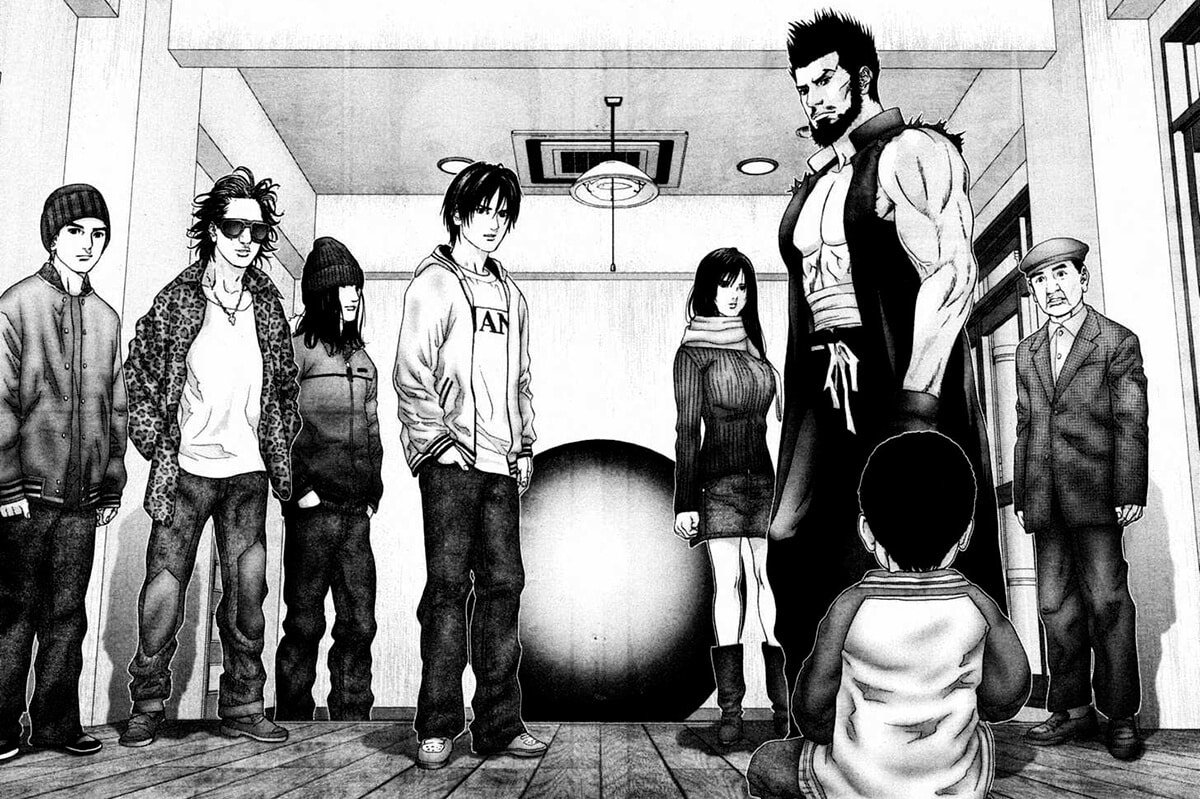


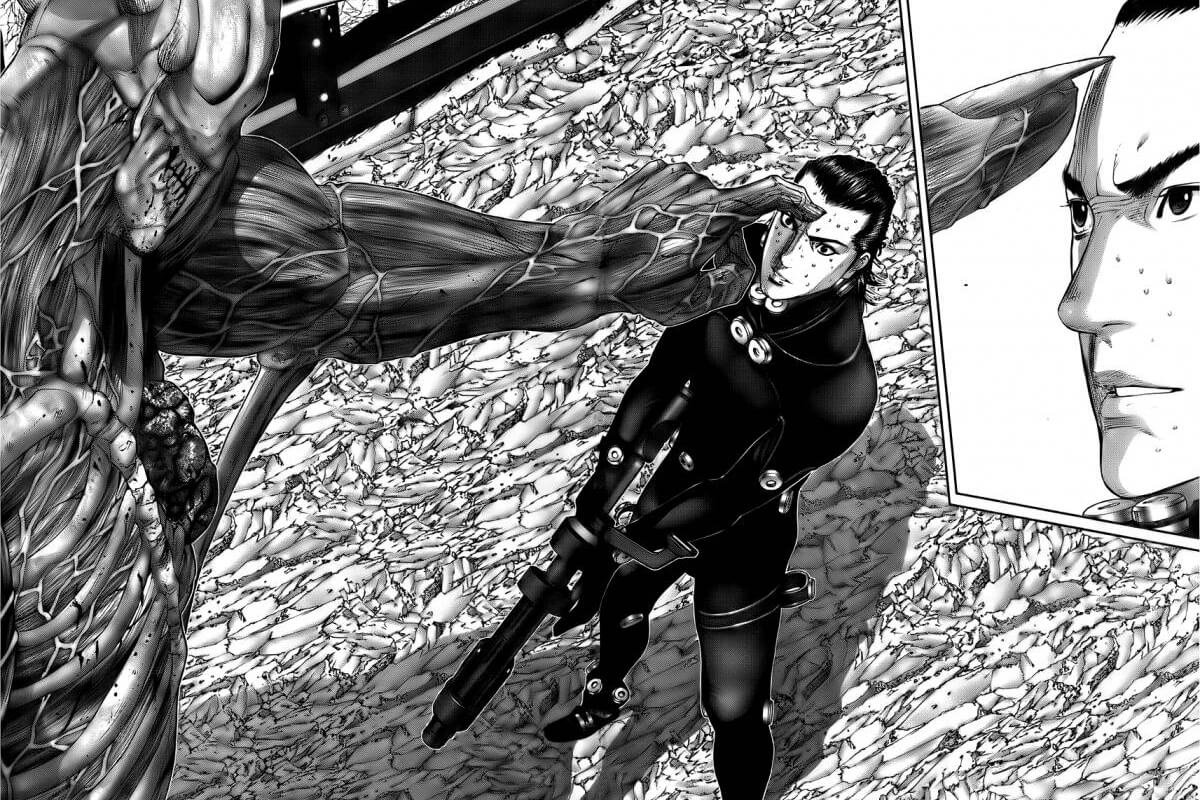
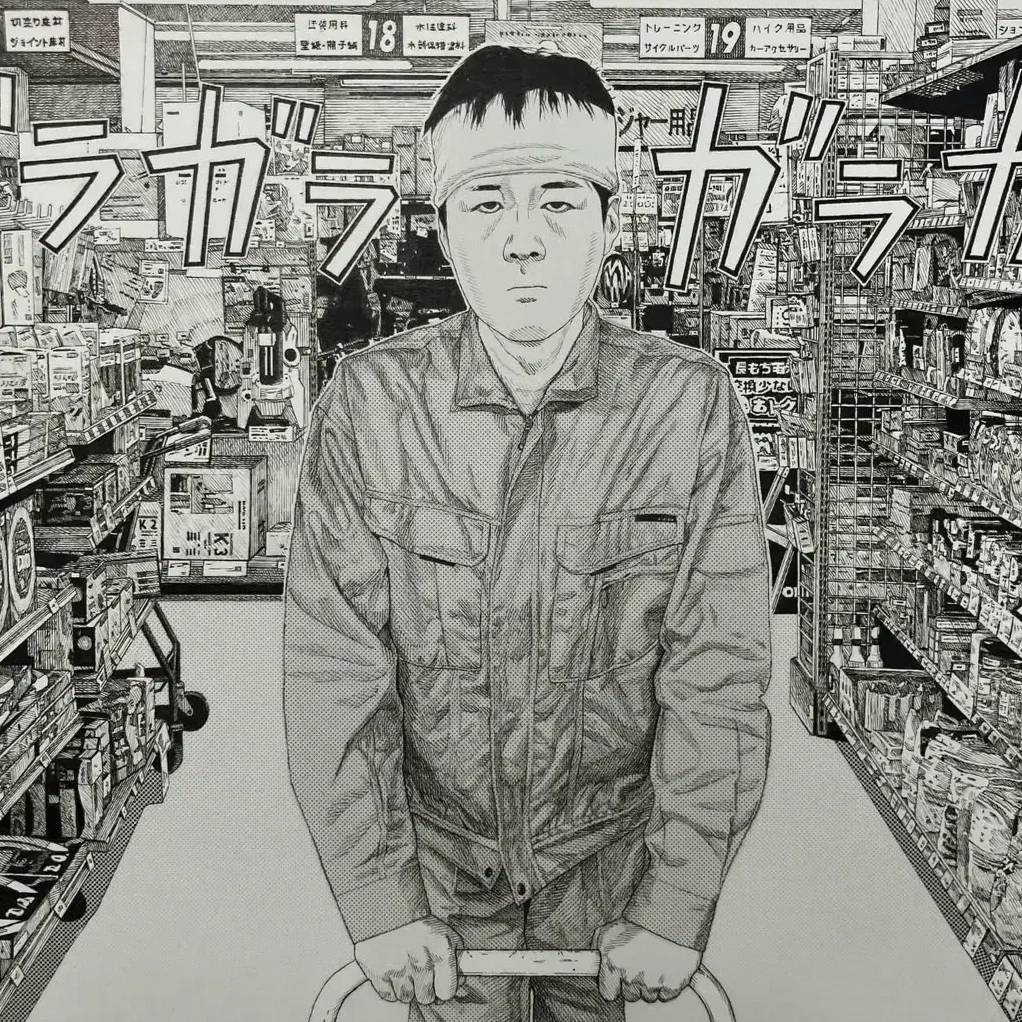
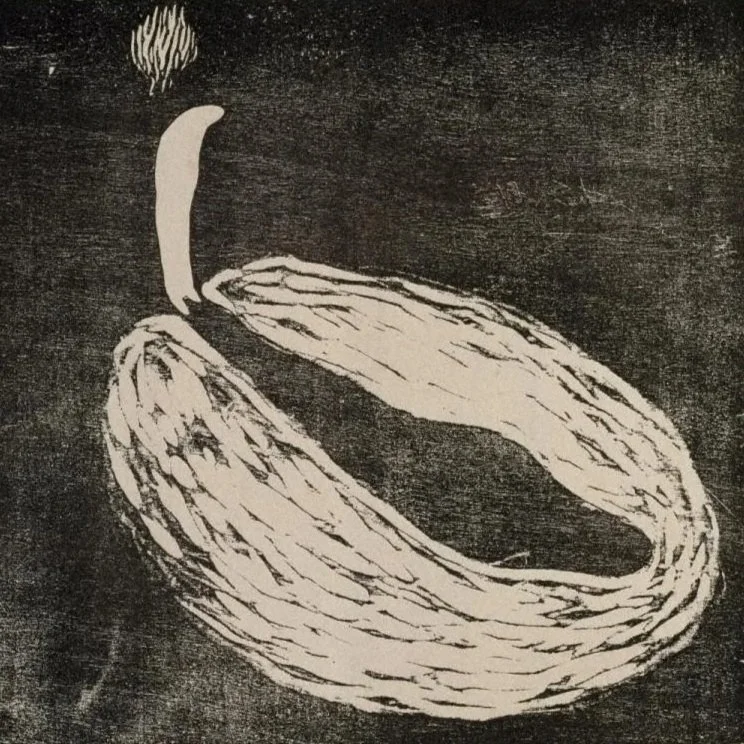

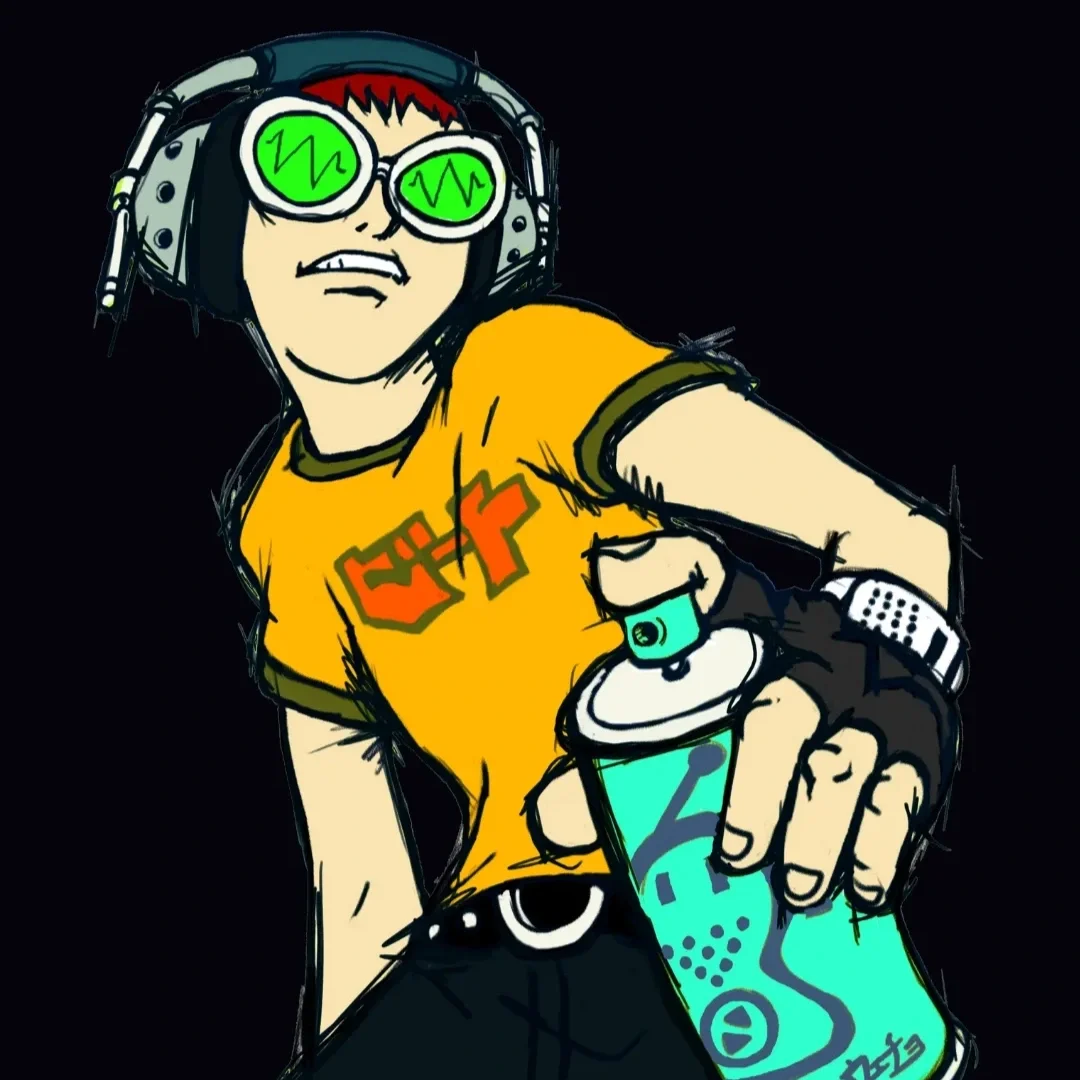
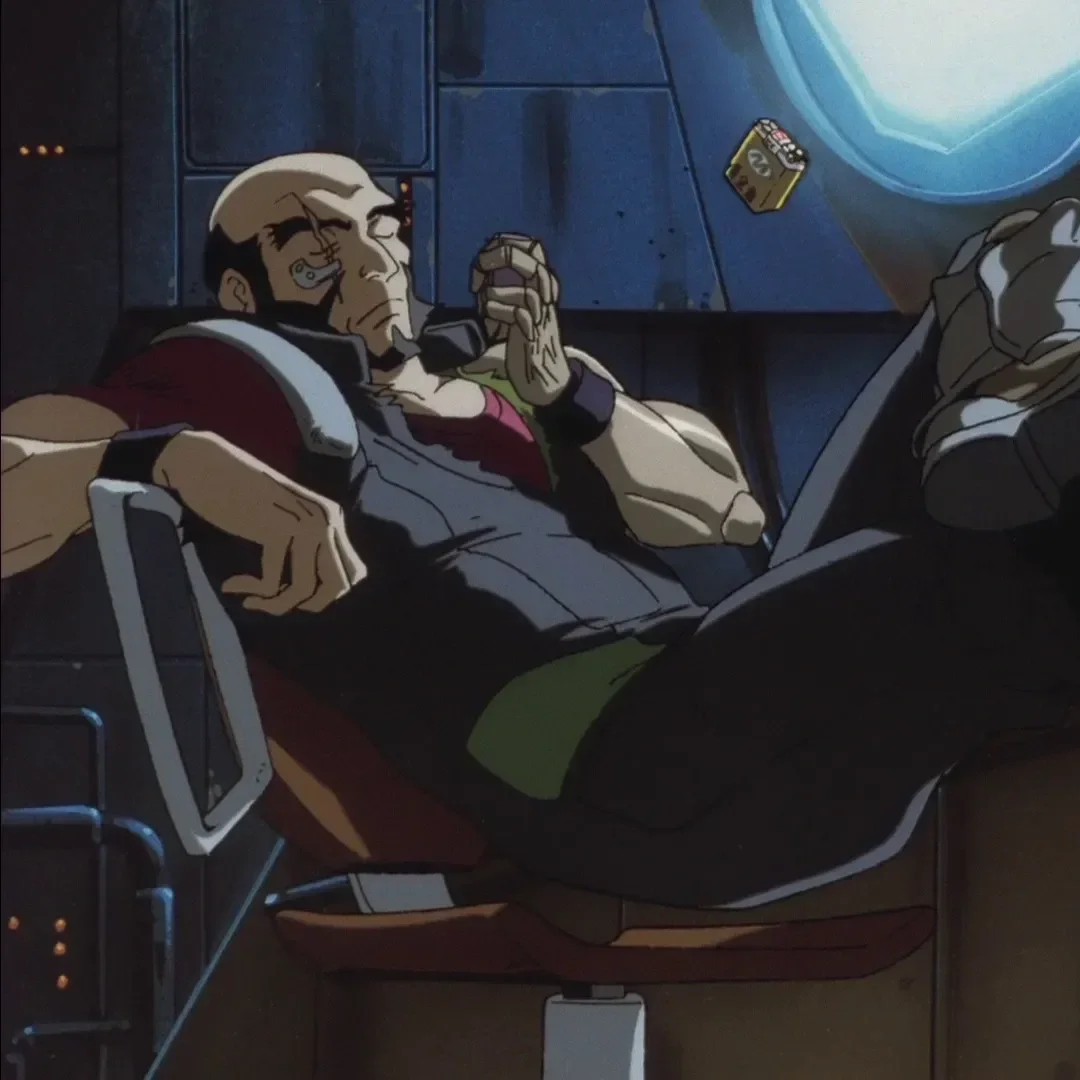
From arcades to consoles, Japan turned early 3D polygons into cultural icons.